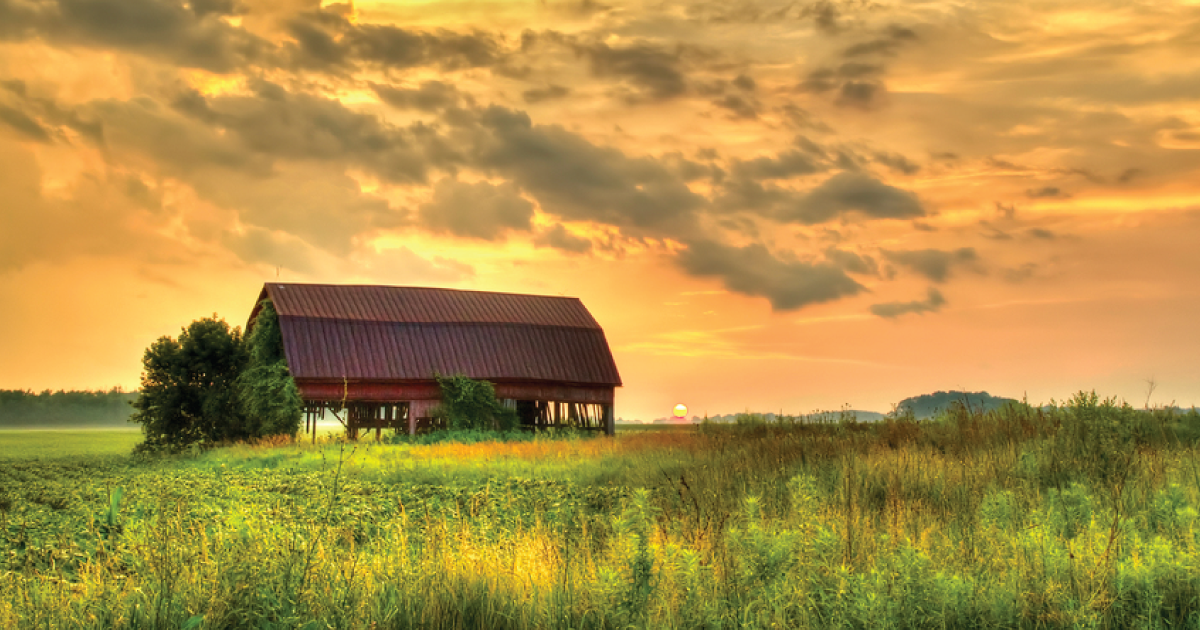
Are We Entering a Mass Extinction Event?
Like the human body, the environment involves multiple systems and complex interrelationships among them. It is next to impossible to trigger an effect on one system without it affecting several others. From the smallest living organisms in the soil and water to the largest mammals in the sea, a ripple effect is often felt through the food chain with any type of change.
January 7, 2020 | Source: Mercola.com | by Dr. Joseph Mercola
Like the human body, the environment involves multiple systems and complex interrelationships among them. It is next to impossible to trigger an effect on one system without it affecting several others. From the smallest living organisms in the soil and water to the largest mammals in the sea, a ripple effect is often felt through the food chain with any type of change.
The world population doubled from 3.03 billion in 1960 to 6.06 billion in 1999.1 During the same period urban population grew from 1.02 billion to 2.14 billion; some believe the number living in rural areas is affected by large corporations taking over small farms.
The population growth and movement to cities has led to the development of what many see as a disposable society, creating more garbage than can be safely contained. Plastics, chemicals, toxins and fabric fibers are making their way into local waterways and out to the oceans where they impact the reproduction of wildlife and ultimately the food chain.
Agrochemical companies supply nitrogen fertilizers, GMO seeds and pesticides — all impacting soil biodiversity and gradually reducing the topsoil. As the nitrogen and chemicals wash off into the waterways wildlife are affected.
Runoff from concentrated animal feeding operations (CAFOs) poisons croplands. Changes to the way farms are run, how products are manufactured and how life is lived have all had devastating effects on the Earth.
Small Farms Facing Bankruptcy as Suicide Rates Climb
The small farmer has been a fixture in America since the country was first settled. For centuries, farms have been passed down from generation to generation and have survived droughts, floods and price variations. But the current crisis is nothing like what’s happened in the past.
Small dairy farmers are amassing large debt to keep their farms going. Time magazine2 reports one family is nearly $300,000 in debt with bill collectors calling on a regular basis. This is happening to many families who have successfully managed their farms for decades. For example, the price of milk has plummeted nearly 40% in the last six years, and as a consequence more farmers are losing their inheritances.
Time also reports that Chapter 12 bankruptcies on small farms increased by 12% across the Midwest from July 2018 to June 2019; This pales in comparison to the 50% increase seen in the Northwest during the same time period. From 2011 to 2018, 100,000 farms closed their doors. Farm debt is at an all-time high with more than half reporting losses every year since 2013.
Small corn and soybean farmers are also feeling the pinch, squeezed by the trade war with China and climate change.3 Heavy spring rains and an early fall snow shut down operations for Ben Riensche at his Blue Diamond Farming company. Sales by small farmers have plummeted, which has opened markets in South America to expand their production.
As reported by a fourth-generation corn and soybean farmer, this is unfortunate as the market in China took years to develop, and the trade war causes instability.4 Case in point: From January to August in 2019, China imported $8 billion U.S. agricultural products, which is far less than $19.5 billion purchased in 2017 before the trade war began.5
An often-underreported effect of farm loss is the rising number of suicides. The CDC reported that the suicide rate for those in the agricultural field is 1.5 times higher than the national average. CNBC reports farm income in Wisconsin plunged 50% in six years, culminating in a record 915 suicides in 2017.6
Randy Roecker is a dairy farmer from Wisconsin.7 He has faced depression and had a neighbor who committed suicide after he was forced to sell his 50 dairy cows. Roecker said, “It hits you so hard when you feel like you’re the one who is losing the legacy that your great-grandparents started.” He estimates his own farm is losing $30,000 every month.
Rural America Disappearing as Agribusiness Buys Small Farms
The Trump administration has assigned $16 billion in financial assistance to farmers who have suffered the consequences of trade to China. But small farmers are not hopeful this will save their farms, as most of the money is going to big producers who report large losses.8
The severity of the crisis currently facing farmers suggests independent farming may be a thing of the past. In 2017, small farms contributed 25% of food production, a reduction of nearly 50% from 1991. The dairy industry is even lower, contributing just 10% of production.9
As a result of technology and globalization, prices began to fall in 2013, and small farmers began selling out to large corporate agribusinesses. Technology made large producers more efficient by increasing scale. While many farms disappeared from 1948 to 2015, the total output from American farms more than doubled.
This flooded the market with a rising food supply that continued to drive down prices and hurt the remaining small farmers who could not compete. While transitioning to organic farming may help save some local farms, some small farmers are so far in debt the switch is not an option. Some ranchers in Wyoming are trying to help the family farmer by changing the way they farm the land.
Farmers are experimenting with seed varieties and sustainable methods of farming to counteract the effects of droughts and floods triggered by climate change. To help, they have partnered with advocacy and policy groups across the country such as the Family Farm Alliance. This advocacy group partners with farmers and ranchers on water supply in irrigation issues.
Other groups are working with farmers to counteract the effect farming has on climate warming and the release of carbon dioxide into the atmosphere. One crop alternative used is hemp, as it is not susceptible to the wild swings in weather like corn and soybeans are.
